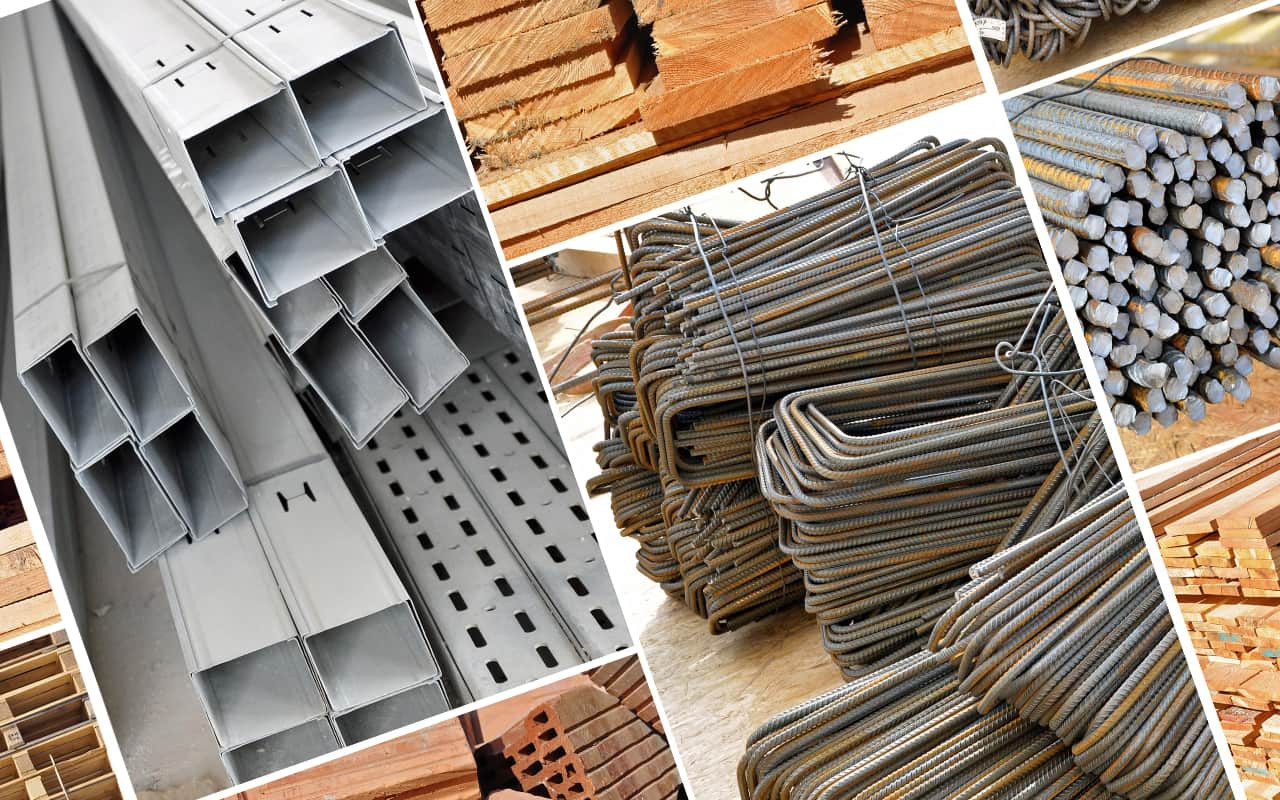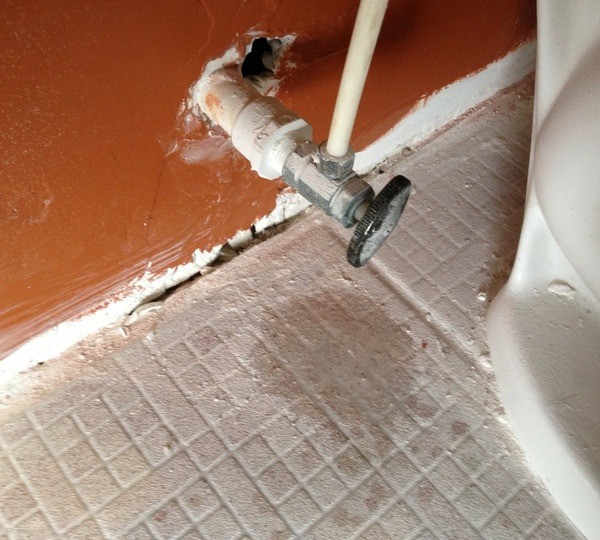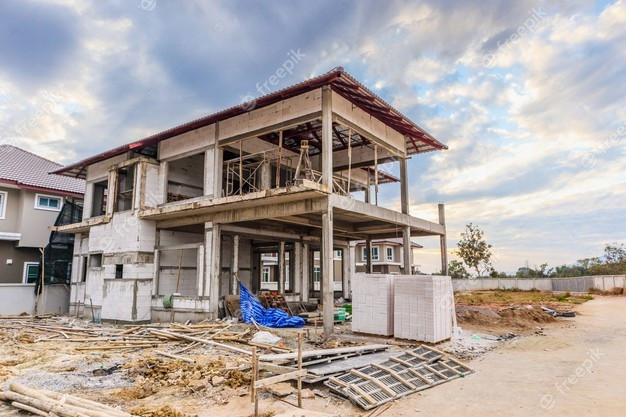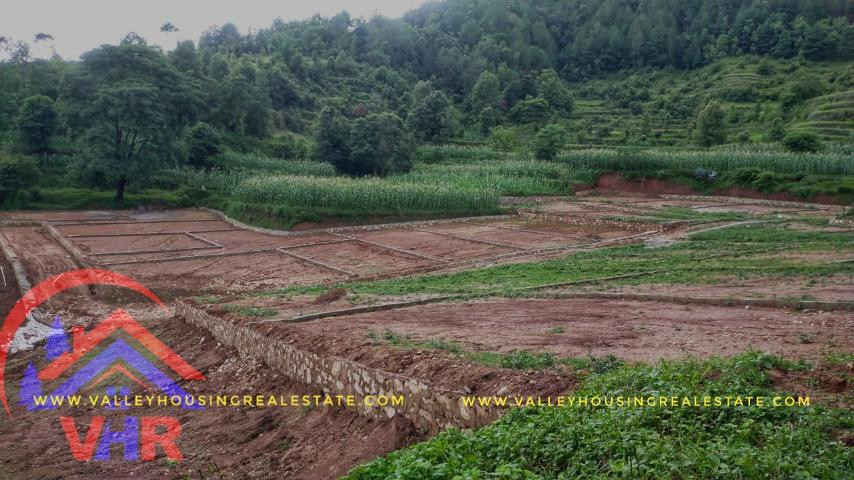Latest News

Construction Materials for Building Houses
Introduction:
The construction industry is undergoing a transformative shift towards more sustainable and efficient practices, with a key focus on selecting better materials for building houses. As the demand for eco-friendly and resilient homes rises, architects and builders are exploring innovative alternatives to traditional construction materials. In this blog post, we will delve into some of the better construction materials that are shaping the future of house building.
Cross-Laminated Timber (CLT): The Rise of Wooden Skyscrapers
Traditionally, wood has been a popular building material, but recent advancements in engineering have taken it to new heights. Cross-laminated timber (CLT) is an engineered wood product that offers strength, stability, and sustainability. Its layered structure provides superior strength comparable to traditional building materials, making it an ideal choice for constructing tall buildings with a reduced carbon footprint.
Structural Insulated Panels (SIPs): Energy-Efficient Building Blocks
Structural Insulated Panels (SIPs) are composite building materials consisting of an insulating foam core sandwiched between two structural facings. These panels provide excellent insulation, reducing energy consumption for heating and cooling. SIPs are known for their efficiency in maintaining a comfortable indoor environment, making them a popular choice for eco-conscious homeowners.
Rammed Earth: Ancient Wisdom Meets Modern Sustainability
Rammed earth construction is an ancient technique that has seen a resurgence in popularity due to its sustainability and thermal mass properties. By compacting natural materials like earth, chalk, lime, or gravel, builders can create durable and energy-efficient walls. Rammed earth homes have excellent thermal regulation, keeping interiors cool in summer and warm in winter.
Ferro-cement: Strength in Thin Layers
Ferro-cement is a construction material consisting of a thin layer of mortar reinforced with layers of mesh or metal. This technique results in a lightweight yet strong structure that is resistant to cracking. Ferro-cement's versatility makes it suitable for a variety of applications, from roofing to wall construction, offering durability and longevity.
Recycled Steel: A Sustainable Structural Solution
While steel is not a new material in construction, the use of recycled steel is gaining popularity for its environmental benefits. Recycling steel reduces the demand for raw materials and lowers energy consumption, making it a more sustainable option. It is particularly valuable for creating durable frames and structures in house construction.
Hempcrete: Building with Sustainable Fibers
Hempcrete is an eco-friendly alternative to traditional concrete, made by mixing hemp fibers, lime, and water. This material is lightweight, breathable, and has excellent insulation properties. Hempcrete absorbs carbon dioxide during its growth, making it a carbon-negative material and a promising choice for environmentally conscious builders.
Bamboo: Nature's Building Block
Bamboo is a rapidly renewable resource with impressive strength and versatility. Its fast growth and sustainability make it an ideal choice for various construction applications, including flooring, roofing, and structural elements. Bamboo's tensile strength rivals that of steel, making it a viable and eco-friendly alternative for house building.
As the construction industry continues to prioritize sustainability, the exploration of better materials is crucial for building houses that are not only durable and energy-efficient but also environmentally responsible. The materials highlighted in this blog represent a glimpse into the future of construction, where innovation and conscious choices come together to create homes that stand the test of time while minimizing their impact on the planet. By adopting these better construction materials, we can pave the way for a more sustainable and resilient housing future.

How to avoid Water Leakage while building house
Jan 01, 2024

Importance of Vastu while building a House
Jan 01, 2024

Things to consider before Building a House
Jan 01, 2024


Comment